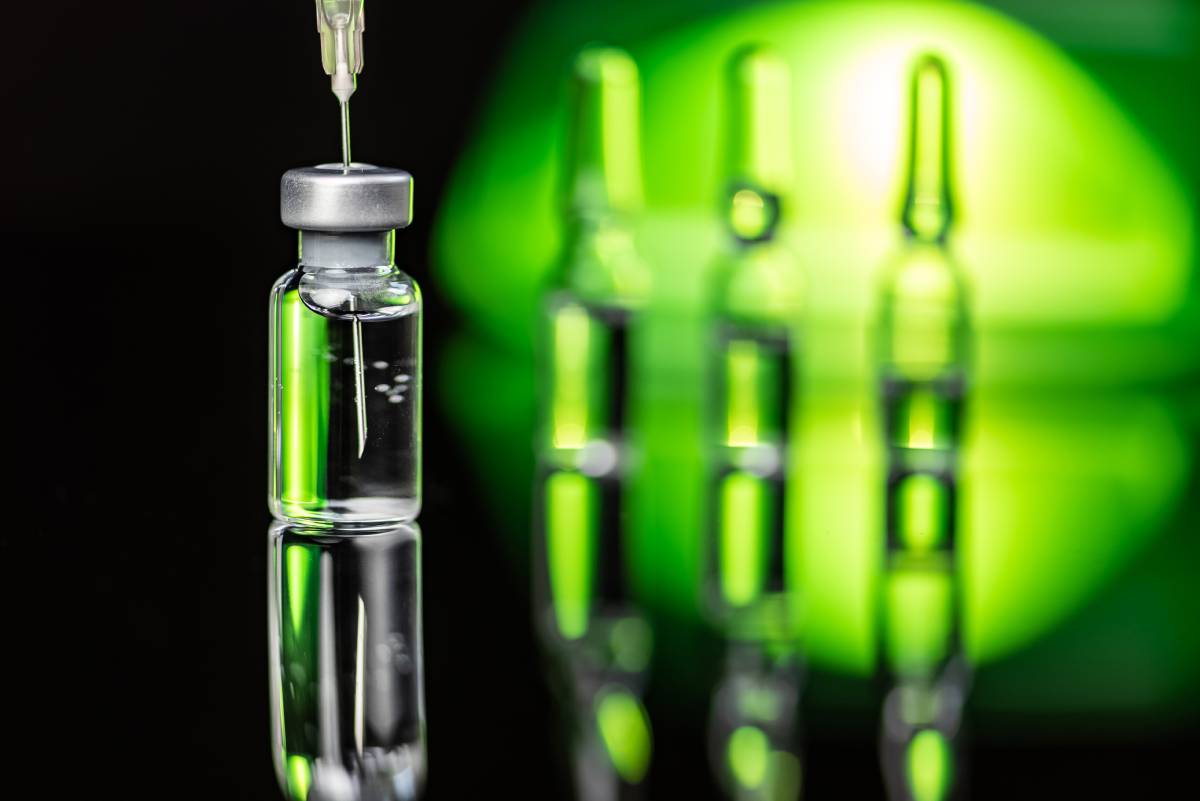Mechanism of Neuromuscular Blockade and Reversal

An essential anesthetic agent, neuromuscular blocking drugs are powerful skeletal muscle relaxants that allow for endotracheal intubation, patient movement reduction, and mechanical ventilation of the lungs (1). Inspired by indigenous Amazonian poison arrows that released histamine to immobilize targets, synthetic neuromuscular blocking agents (NMBA) are a necessary precursor to certain therapies (1). Typically, NMBAs are divided into two categories based on their relaxation mechanism, although reversal mechanisms are similar. Specifically, there exist depolarizing and non-depolarizing agents that both provide neuromuscular blockade and prevent patient movement for therapies such as surgery.
The typical depolarizing agent of choice is succinylcholine, as it is fast acting and has a short duration of action, making it ideal for rapid sequence inductions. That is, paralysis usually occurs 1 minute after administration and lasts for 7-12 minutes (2). Specifically, succinylcholine mimics the neurotransmitter acetylcholine (ACh) at the neuromuscular junction, though with longer-lasting effects. ACh at the neuromuscular junction, the chemical synapse between a motor neuron and a muscle fiber, depolarizes muscle fiber cells via action potential generation. This then leads to skeletal muscle contraction. Typically, ACh is quickly metabolized by acetylcholinesterase to prevent continuous activation of the muscle fibers. However, when depolarizing agents like succinylcholine are administered, they act as agonists and bind to nicotinic acetylcholine receptors (nAChR) on muscle fibers in place of ACh (2). Unlike ACh, succinylcholine is not metabolized efficiently. Thus, depolarization continues, leading to muscle fasciculations and paralysis (3).
On the other hand, non-depolarizing NMBAs work as antagonists. That is, non-depolarizing agents work by competing for the alpha subunits of nAChR that allow for action potential generation. Most non-depolarizing NMBAs are quaternary ammonium compounds with a positively charged nitrogen that imparts an affinity for the alpha subunits of nAChR(4). These agents only need to bind to one of two alpha subunits to block ACh. This then prevents depolarization and produces muscle relaxation for patient therapy. There are two major classes of non-depolarizing NMBAs: aminosteroids (e.g. rocuronium, vecuronium, pancuronium) and benzylisoquinolinium (atracurium, cisatracurium, mivacurium). Recently, a new class has been developed: asymmetrical mixed-onium chlorofumarate (e.g. gantacurium) (4).
Neuromuscular blockade caused by either type of NMBA can be reversed indirectly by cholinesterase inhibitors. They inactivate the enzyme acetylcholinesterase, which breaks down acetylcholine, in the neuromuscular junction. Thus, ACh concentrations increase significantly and compete more effectively with NMBA molecules for the post-synaptic nAChR. This then stops NMBA-induced paralysis as these molecules are no longer able to act as agonists/antagonists. Eventually, acetylcholinesterase activity returns to normal as cholinesterase inhibitor levels in the neuromuscular junction decrease due to “redistribution, metabolism, and excretion” (5). As such, although not directly metabolized or inactivated, NMBAs can be neutralized through competition. On the other hand, asymmetrical mixed-onium chlorofumarates like gantacurium can be spontaneously eliminated through cysteine adduction. This new compound no longer can bind to the alpha subunits of nAChR, allowing for normal muscle activation (6).
Thus, both classes of NMBAs are powerful tools for patient therapy. While they cause neuromuscular blockade through different pathways, both are used to relax patients requiring intubation in either emergency or scheduled surgeries. These treatments are then reversed to allow for normal skeletal muscle movement after surgery. Further research focuses on developing NMBA agents that are fast-acting and avoid side effects of existing NMBAs, such as respiratory depression and hypotension (2).
References
(1) Shah, S., Chawla, R., Pahade, A., & EL-Molla, A. (2021). Neuromuscular blockers and their reversal: have we finally found the on-off switches?. Ain-Shams Journal Of Anesthesiology, 13(1). https://doi.org/10.1186/s42077-021-00130-0
(2) Gulenay, M., & Mathai, J. K. (2020) Depolarizing Neuromuscular Blocking Drugs. StatPearls. https://www.ncbi.nlm.nih.gov/books/NBK532996/
(3) Bowman, W. (2006). Neuromuscular block. British Journal Of Pharmacology, 147(S1), S277-S286. https://doi.org/10.1038/sj.bjp.0706404
(4) D’Souza, R., Porter, B., & Johnson, R. (2020). Nondepolarizing Paralytics. StatPearls.https://www.ncbi.nlm.nih.gov/books/NBK519510/.
(5) Srivastava, A., & Hunter, J. (2009). Reversal of neuromuscular block. British Journal Of Anaesthesia, 103(4), 622. https://doi.org/10.1093/bja/aep256
(6) Pani, N., Dongare, P., & Mishra, R. (2015). Reversal agents in anaesthesia and critical care. Indian Journal Of Anaesthesia, 59(10), 664. https://doi.org/10.4103/0019-5049.167484
